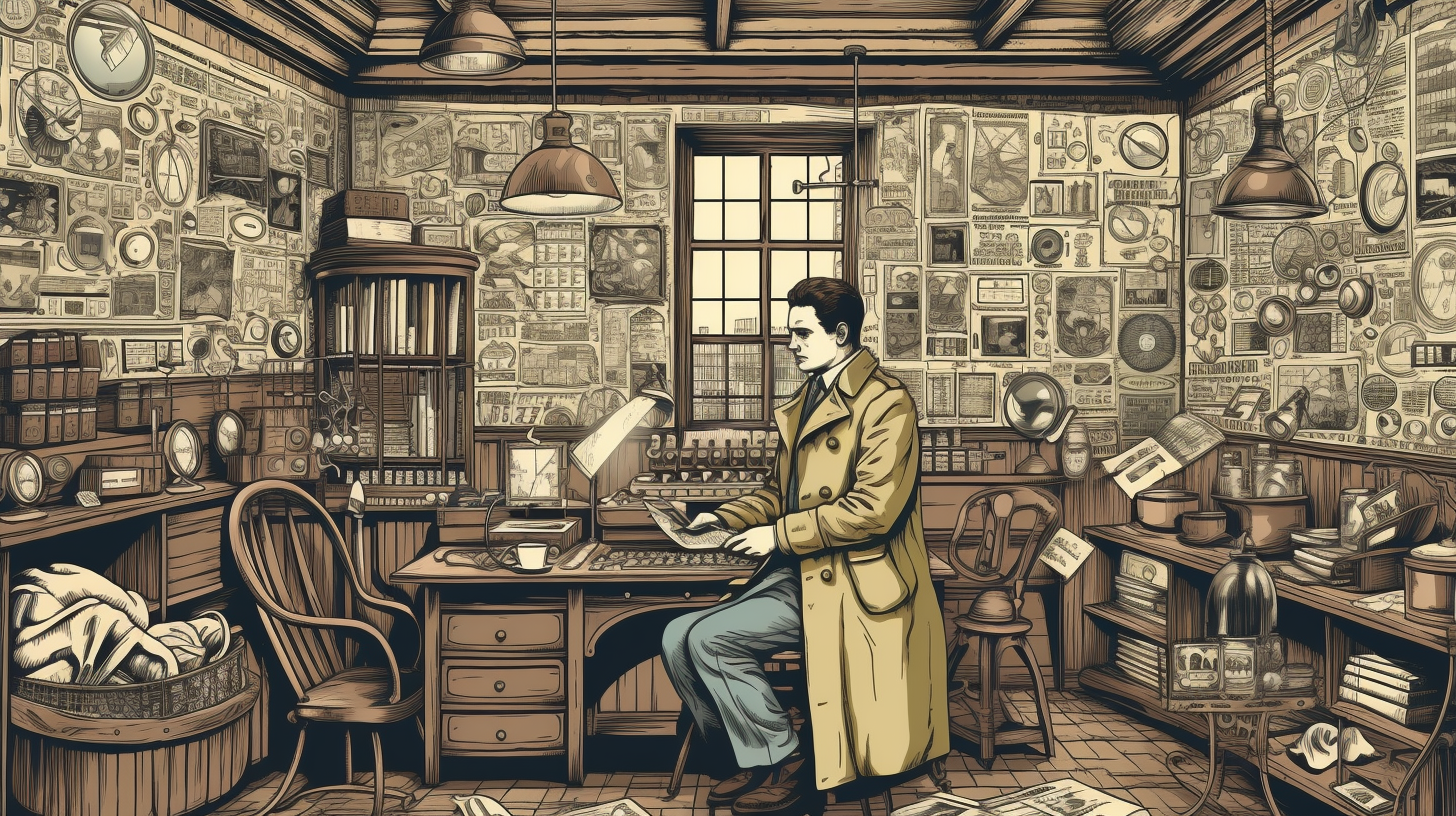Crafting Harmony in Complexity: A Dip into Constructing Valid JSON Encoded Files

Hold your horses, folks! We're about to embark on a thrilling ride, a wild goose chase into something as convoluted, yet ultimately rewarding as constructing valid JSON encoded files. Sounds like a mouthful, doesn't it? Well, buckle in, because it's a crucial part of the CCNP 350-401 ENCOR exam, and it's not exactly a piece of cake!
JSON: A Quick Rundown
Alright, let's initially distinguish the important from the unimportant. For beginners, know that JSON stands for JavaScript Object Notation. Consider it as a lightweight data interchange format that humans and machines can easily read and write. It's like the Rosetta Stone for data - making stuff like database payloads, configuration files or web API responses understandable across different systems. Neat huh?
Unraveling the Art of JSON Encoding
JSON encoding might sound as tricky as navigating a minefield, but fear not! Grab it by its horns and you'll find it's as straightforward as an arrow's flight. A piece of advice for you, keep in mind the golden rules, they're your lifelines here.
First off, grab your detective hat because every JSON file begins with hunting for data. We're looking for a certain set known as 'serializable'. This includes the usual suspects such as dictionaries, lists, numbers, strings, Booleans and even none. Wow, it seems we have a whole collection of data types!
Let's Get Rolling!
Right! Let's dive right into the heart of the matter. Our mission is to transform our serializable data into JSON format, the moment we get it. This involves feeding it into a JSON encoder to convert - or serialize -, if you want to get fancy about it, the data into a JSON formatted stream.
The Nitty-Gritty of Encoding
Now, we're getting into the intriguing part. Encoding can sometimes complicate things, even though the rest of the process runs quite smoothly. Remember our gaggle of data types? Well, certain types like datetime objects and sets, are not serializable. What's a coder to do?
Here's where the Python json library hops in like a knight in shining armor. With a little help from the default function, we can tell the JSON encoder how to deal with non-serializable types. With the wave of our coding wand, we can convert these irksome types into serializable equivalents. Surprising, isn't it?
Take a Gander at Your Masterpiece
Your perfectly crafted JSON encoded file is ready for use, once you've completed the work. Don't forget, this isn't just any data. This is your mean, clean, communication machine! It's a bridge, a harmonious link between systems that might otherwise turn up their noses at each other. It's nothing less than a little beacon of connectivity in our complex, interconnected world. Aha! You perceived it as just a simple data dump, am I right?
Keep a Weather Eye on the Horizon
As we're about to wrap this up, bear in mind that mastering JSON encoding involves investing time, relentless practice, and a bit of stumble and fall. Should challenges block your path, don't let them make you break a sweat. Keep your peepers peeled for new learning opportunities and remember, as you prepare for the CCNP 350-401 ENCOR exam, that this big bad tech world is full of surprises. There's always something new awaiting you!
So, that's the story, folks! That's the long and short of constructing valid JSON encoded files. Sure, it might have been a bit of a deep dive, but as they say, no pain, no gain! So, gear up, face the challenge and ride that wave to success!
Remember, the CCNP 350-401 ENCOR exam is not just a test. It's an adventure, a stepping stone to greater things, a ticket to a wide world of technological wizardry. Feel that tingle? That's the excitement of pursuing knowledge, the joy that comes with learning something new. Now, step forward and conquer your goals! Best of luck, and happy studying!